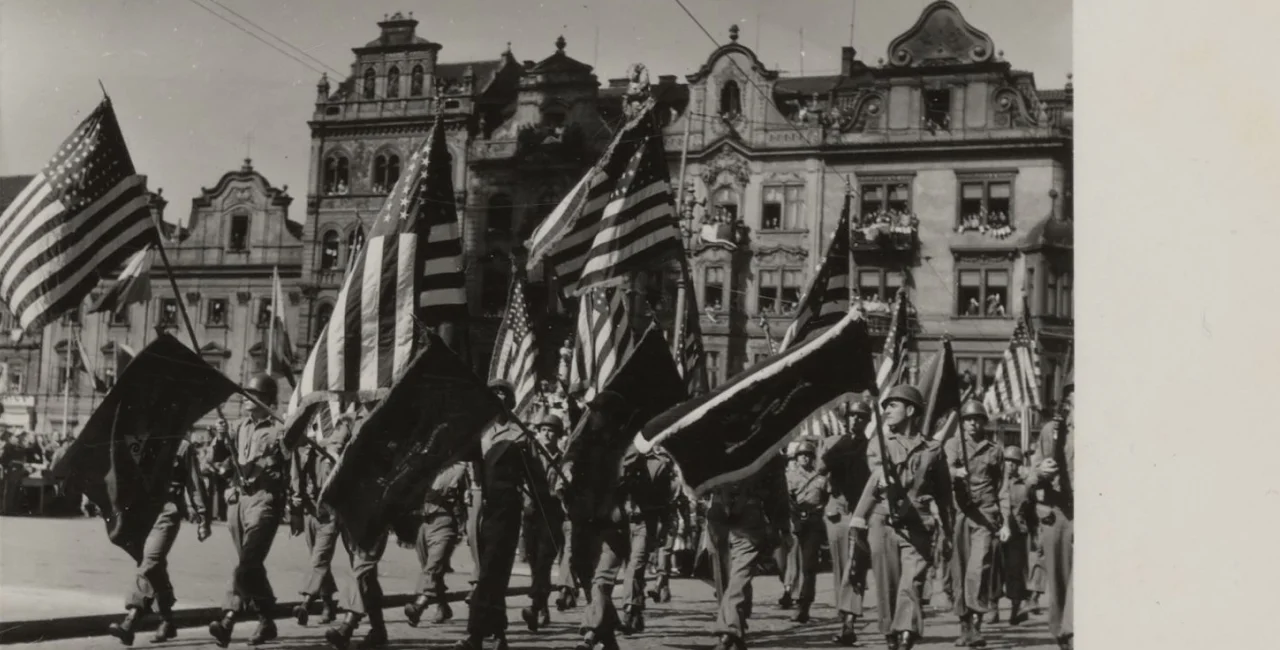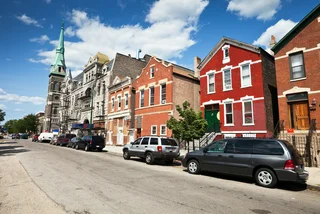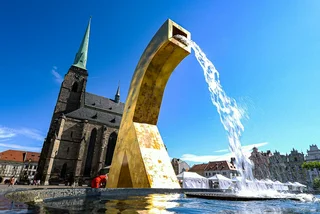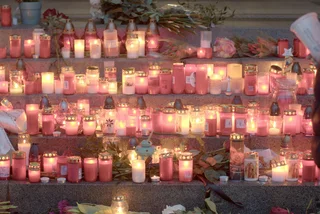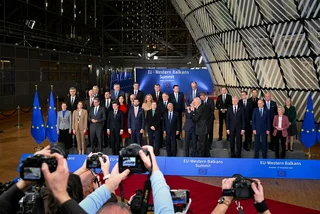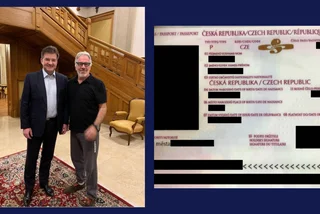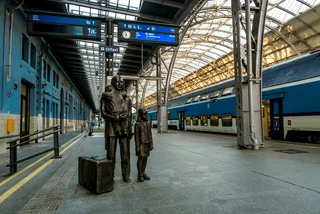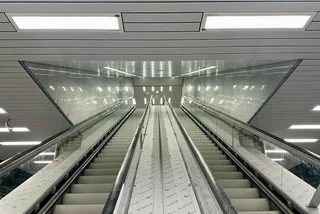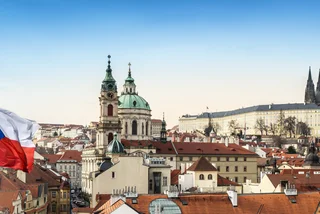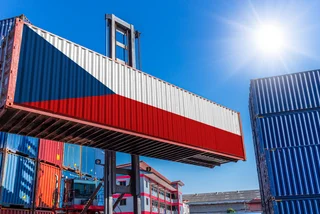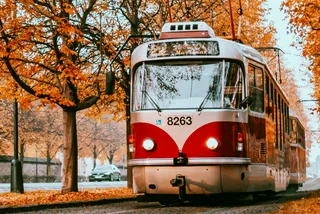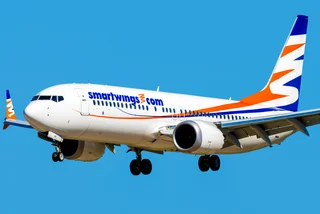Today, Pilsen kicks off five days of Liberation Festival events, marking the 80th anniversary of the U.S. Army’s liberation of the city in 1945. This annual commemoration is one of the largest World War II events in Europe, featuring concerts, military camps, historical reenactments, and a parade of vintage U.S. military vehicles.
Tens of thousands are expected to attend, including Belgian King Philippe and Czech President Petr Pavel, who will participate in a key memorial on May 6. While most World War II veterans are unable to attend, 99-year-old American veteran Harry Humason will return alongside 200 relatives of American and Belgian liberators, as well as several Czech and Slovak veterans.
Pilsen (Czech name Plzeň), the fourth-largest city in Czechia, is known for having the second-largest synagogue in Europe and as the birthplace of pilsner beer. But why does this Western Bohemian city maintain such strong ties with the U.S.?
From occupation to liberation
In May 1945, as World War II neared its end, Pilsen stood battered but unbroken. On May 6, it was liberated from Nazi occupation by the U.S. Army’s 16th Armored Division, part of General Patton’s 3rd Army. Pilsen remains one of the few major Czech cities freed by American forces rather than Soviet troops.
In the years leading up to liberation, Pilsen had endured years of suffering. After the 1938 Munich Agreement, the city became a strategic location near Nazi-annexed Sudetenland. German occupation began fully in 1939, and its industrial heart, the Škoda Works, was repurposed for the Nazi war machine.

The Jewish population of Pilsen—more than 2,000 people—was deported to the Terezín ghetto in January 1942, and most never returned.
Devastation and resistance
The city also endured two significant bombing raids. On April 17, 1945, the RAF bombed its rail yards, and just over a week later, the U.S. Eighth Air Force targeted the Škoda factory in its final European heavy bomber mission.
These strategic strikes left Pilsen’s infrastructure heavily damaged and its civilian population deeply scarred.
During the war's final days, local hero Dr. Karel Šindler, a resistance radio operator, took over a German station and broadcast updates and disinformation during the Pilsen uprising—likely saving thousands of lives.
Pilsen sites connected with Liberation
Patton Memorial Pilsen commemorates the end of the war.
Thank You America Memorial was erected in honor of the U.S. forces.
General Patton Bridge spanning the Radbuza River.
In the aftermath of liberation, the city’s ethnic German minority was expelled, in line with the postwar Potsdam Agreement. American troops remained in the region until late November 1945. Since then, Pilsen has honored its liberators annually, with a celebration that feels part-history lesson, part-living memory.
The 1953 Plzeň Uprising
After the 1948 Czechoslovak coup d'état, the government launched a currency reform in 1953, which caused a wave of discontent across the country, including in Pilsen. On June 1, 1953, more than 20,000 people, primarily workers at the Škoda Works, protested against the government. The protesters forced their way into the town hall, throwing communist symbols, furniture, and other objects out of the windows.
The government retaliated harshly. As part of their response, they destroyed the statue of Tomáš Garrigue Masaryk, the first president of Czechoslovakia. The statue has since been re-erected, but the 1953 uprising remains an important chapter in the city's history, representing the ongoing resistance to oppressive regimes.
2025: Commemorating 80 years of freedom
The Liberation Festival this year (May 2–6, 2025) is the most ambitious yet, with period reenactments, military camps, historical exhibits, and concerts filling the city center.

A festival highlight will be the visit of King Philippe of Belgium—the first Belgian monarch to attend. He will honor the 17th Belgian Rifle Battalion, which fought alongside U.S. troops in 1945. American and Czech veterans, including 99-year-old Harry Humason from the 5th Infantry Division, will join the festivities.
Pilsen’s liberation is not only a historic event but a symbol of alliance, freedom, and gratitude. In a country where the Soviet liberation narrative once prevailed, Pilsen’s American connection is a proud reminder of its WWII history.
“For all of the U.S. military serving in Europe, I don’t think they realize what a treasure this festival is,” U.S. Army Maj. Christopher Ingram told online publication Stars and Stripes in 2024. “I’ve never been anywhere in the States where I saw that many World War II vehicles. It’s neat to see that connection to history, that love that the people of Pilsen have for Americans.”












 Reading time: 3 minutes
Reading time: 3 minutes 